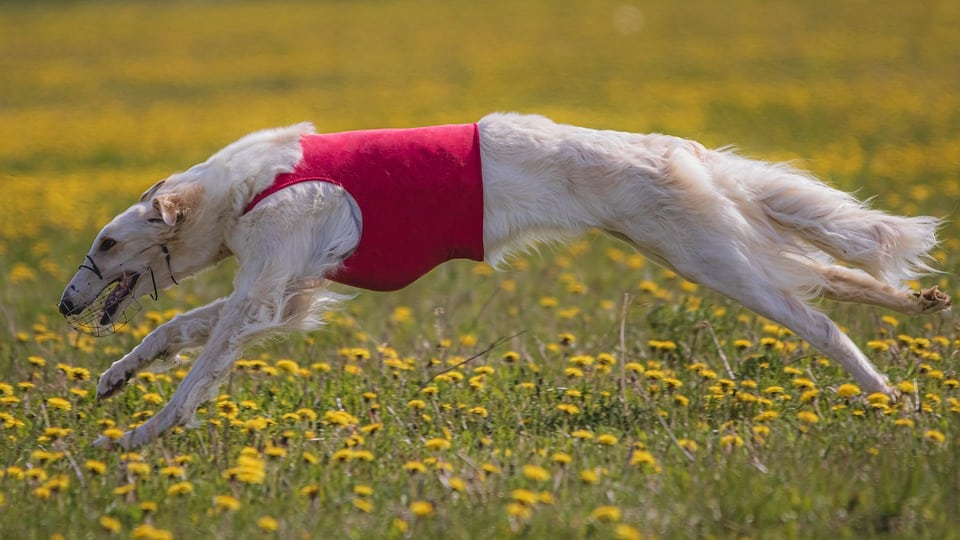The Science of Play: Why Dogs Need More Than Just Physical Exercise

Introduction
Play is an essential part of a dog’s life. Not only does it promote physical health, but it also stimulates their brains, improves their social skills, and enhances their emotional well-being. While physical exercise is undeniably important for dogs, providing mental and emotional stimulation through playtime is just as crucial for maintaining a well-rounded and happy pet.
The Benefits of Play for Dogs
1. Mental Stimulation
Engaging in play activities that challenge a dog’s mind provides valuable mental stimulation. Dogs are intelligent creatures that require mental exercise to prevent boredom and destructive behaviors. Interactive toys and puzzle games, for example, encourage problem-solving skills and provide a mentally stimulating environment for dogs to thrive in.
2. Emotional Well-being
Playtime not only allows dogs to release pent-up energy but also helps reduce stress and anxiety. Dogs, much like humans, experience a range of emotions. Play helps them manage these emotions and promotes a sense of happiness and contentment. Engaging in interactive and bonding activities with their human companions also strengthens the emotional bond between the dog and its owner.
3. Socialization
Playtime offers a great opportunity for dogs to improve their social skills. Interacting with other dogs or even humans in a controlled and supervised environment helps dogs learn appropriate behavior, communication, and body language. Well-socialized dogs tend to be more confident and exhibit better manners, making them easier to integrate into various social settings.

4. Physical Health
While this article emphasizes the importance of non-physical play, physical exercise remains paramount for a dog’s overall health. Regular walks, runs, or play sessions that involve running, jumping, and climbing can help keep dogs fit, prevent obesity, and improve cardiovascular health. Combining physical exercise with the mental stimulation gained through playtime offers a well-rounded approach to a dog’s health and well-being.
FAQs about Dog Playtime
Q1: How much playtime does my dog need per day?
A1: The amount of playtime required can vary depending on your dog’s age, breed, and energy levels. However, a general rule of thumb is to provide at least 30 minutes to 1 hour of dedicated playtime per day for adult dogs. Puppies and high-energy breeds might require more frequent and extended play sessions.
Q2: What are some suitable toys for mental stimulation?
A2: Toys that promote problem-solving and keep dogs mentally engaged are ideal for mental stimulation. Puzzle toys, treat-dispensing toys, and interactive toys that require dogs to figure out how to access treats or rewards can challenge their minds and provide hours of entertainment.
Q3: Can I substitute playtime with other forms of mental stimulation?
A3: Playtime is an essential aspect of a dog’s daily routine. While other forms of mental stimulation, such as training sessions or interactive feeding toys, are beneficial, they should not replace dedicated playtime. Play provides a holistic experience that combines physical activity, mental stimulation, and the opportunity for socialization.
Q4: Is playtime necessary for older dogs?
A4: Absolutely! Playtime remains important for dogs of all ages. While the intensity and duration might vary, older dogs still benefit from mental and emotional stimulation provided through play. Adjust play activities to suit their individual needs and physical capabilities.
Conclusion
Understanding the science behind play and its benefits for dogs allows us to provide them with a more fulfilling and enriching life. Remember to dedicate time for both physical exercise and non-physical play activities, such as puzzles, interactive toys, and socialization. A happy and healthy dog is one that experiences the joy of play on multiple levels – physical, mental, and emotional.

